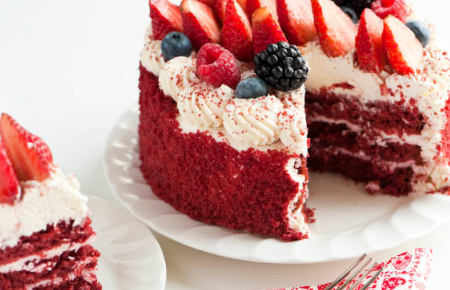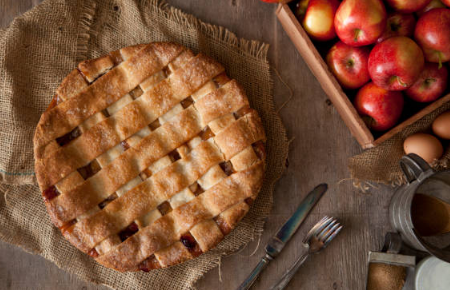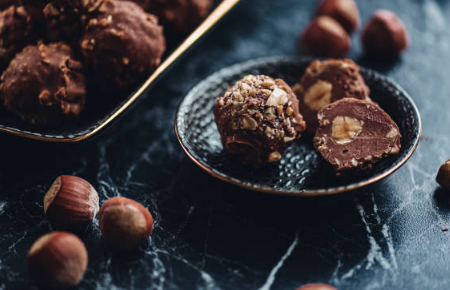What is Red Velvet Cake?

Yes, Chocolate Is Good for You
June 14, 2025
Old-Fashioned Apple Pie
June 14, 2025Red velvet cake is one of the most frequently asked-about desserts. While many people assume it’s just a chocolate cake dyed red, it’s actually a unique dessert all on its own. So, what exactly is this deep red dessert, and why is its color so vibrant? Let’s dive into everything you need to know about this American favorite, including its origins, color, and flavor.
A Brief History of Red Velvet Cake
To understand what red velvet cake is and how it differs from chocolate cake, we need to take a look back at its history, which dates back to the Victorian era.
Origins of Red Velvet Cake
In the Victorian era (around 1837–1901), bakers began calling certain cakes “velvet cakes” because their ingredients and baking methods produced a tender, smooth, and fluffy texture. Almond flour, cocoa powder, and cornstarch were common ingredients for velvet cakes, and vinegar and buttermilk were also used to make the cake softer before cake flour even existed.
Around this time, bakers noticed that when they combined acidic ingredients like vinegar or buttermilk with the most common cocoa powder on the market (which wasn’t Dutch-processed), the cake batter would naturally turn a pale red. When the antioxidant compound anthocyanin in raw cocoa powder reacted with any acidic substances, the pH change would result in a reddish-brown batter.
In the world of desserts, this cake was initially called “redwood cake.” It had a subtle chocolate flavor and developed a reddish hue due to the chemical reaction between baking soda, buttermilk, vinegar, and raw cocoa powder. Red velvet cake is similar to chocolate cake, but the latter is made with chocolate or a mix of cocoa powder and chocolate. It’s said that in the early 20th century, a combination of redwood cake and devil’s food cake became known as “velvet cocoa cake.”

The Rise of Red Velvet Cake
Because cocoa powder was cheaper than chocolate, velvet cocoa cake became more affordable than chocolate cake. This played a key role in the cake’s popularity during the Great Depression. During these economically difficult times, this relatively new dessert became a staple because it was cheaper than other baked goods. As more people baked the cake at home, word of mouth quickly spread.
Later, in the 1930s, the Waldorf-Astoria hotel in New York added “red velvet cake” to its restaurant menu. At the same time, Eaton’s Department Store in Canada also started selling the newly renamed dessert. Both companies tried to claim they were the originators of red velvet cake, but it’s clear that the recipe had been passed around home kitchens for many years before it was commercialized by these businesses.
What Does Red Velvet Cake Taste Like?
Red velvet cake isn’t just chocolate cake with red food coloring added. Since it uses cocoa powder instead of chocolate, the flavor of red velvet cake is much more delicate than that of rich chocolate cake. The flavor of red velvet cake lies somewhere between a white cake and a chocolate cake. Buttermilk and vinegar give it a slight tanginess, making it more flavorful than chocolate cake.
How Is Red Velvet Cake Different from Chocolate Cake?
The main difference between chocolate cake and red velvet cake lies in the buttermilk and vinegar used in the latter’s batter. These acidic ingredients give red velvet cake its pleasant tanginess, which balances the sweet floral notes of the vanilla and the rich butteriness of the frosting.
Buttermilk and vinegar also affect the texture of the cake. Chocolate cake tends to be dense and moist, while red velvet cake has a lighter, fluffier crumb because the acidic ingredients make the final product softer.



